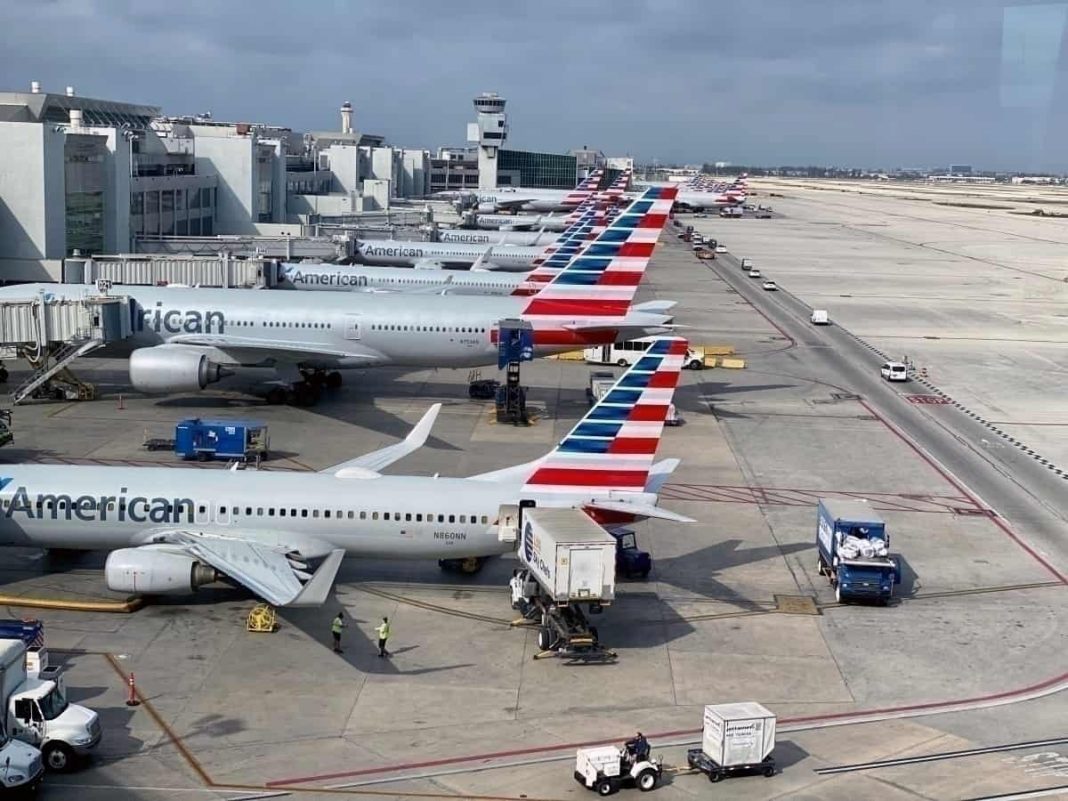When a plane departs an airport and pushes back from the gate, it uses a small but powerful ‘tug’ truck to reverse. Why don’t airlines save on the cost and use powerful jet engines to push back? Let’s explore

What is reverse thrust?
When an aircraft comes into land, it is still moving incredibly fast along the runway. To help slow down, the engines can be set to reverse thrust mode, acting against the aircraft’s forward travel. Air is ‘sucked’ into the engines, but then instead of moving to the rear, it is ejected through new openings in the aircraft’s side that ‘reverse’ the movement (this is a very basic explanation).
Planes can use this functionality at any time but generally only slow down on the runway after landing.
If the aircraft can already move backward using the engine’s thrust, why do airlines use a tug to push back? A tug requires an operator, time to connect to the plane, and is another item that can break down. Not to mention that it makes parking at gates (rather than remote stands) more expensive.
And it has been done before. In the 70s and 80s, some aircraft were allowed to perform a ‘power back’ on departure. You can watch the video below:
It is worth pointing out that this was only for aircraft engines on the tail, not under the wings.
Why using reverse thrust at the gate isn’t a good idea.
There are several reasons why it’s not a great idea to use reverse thrust at the gate and why many aircraft today are banned from doing so. It is completely possible to do so, but it’s not the best idea, thanks to the many things that can go wrong.
For one, the air blast around the aircraft will stir debris that can either damage the gate, the airport, or anyone, unfortunately, standing near the plane. The ground crew would need to clear the area before the engines activated, and this might not save any time compared to using a tug.
There is also the consideration of items being ‘sucked‘ into the engine themselves. As the engine spins up, it would create a vortex that would pull items (for example, leftover tools) right into the expensive engines.

The power back operation uses a lot of fuel and is very loud, disturbing passengers and those watching from the airport. Lastly, pilots in the aircraft can’t see behind them (there isn’t a rearview mirror); thus, they would need a spotter on the ground anyway, negating the point of doing a movement without any help.
Simply put, it is too risky for the airport, the ground crew, and the aircraft to deploy reverse thrust that close to the terminal building. The upside is a few minutes and dollars saved, but the downside could be millions in damage and a grounded aircraft.
What do you think?
[ad_2]
Source link


